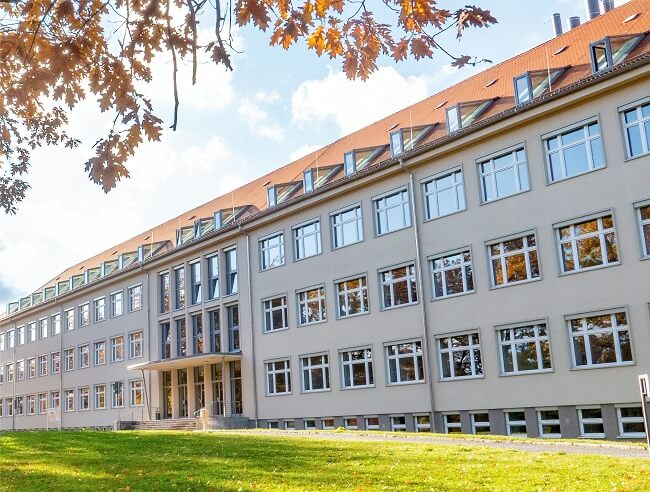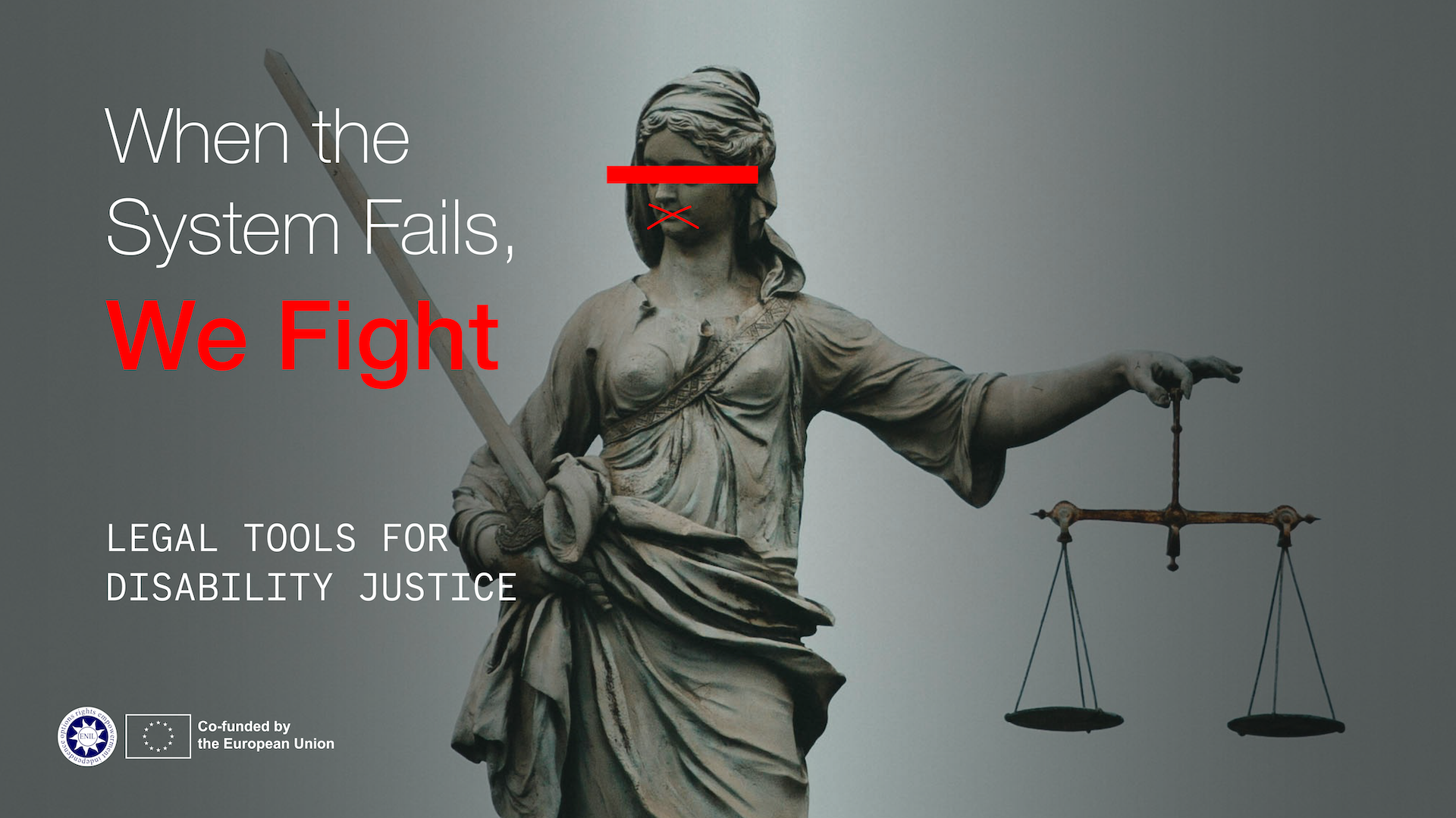Deinstitutionalisation is a political and a social process, which provides for the shift from institutional care and other isolating and segregating settings to independent living. Effective deinstitutionalisation occurs when a person placed in an institution is given the opportunity to become a full citizen and to take control of his/her life (if necessary, with support). Essential to the process of deinstitutionalisation is the provision of affordable and accessible housing in the community, access to public services, personal assistance, and peer support. Deinstitutionalisation is also about preventing institutionalisation in the future; ensuring that children are able to grow up with their families and alongside neighbours and friends in the community, instead of being segregated in institutional care.
Deinstitutionalisation is not possible without the development of community-based supports and services which allow disabled people to live independently and to be included in the community.
The development of community-based services requires both a political and a social approach, and consists of policy measures for making all public services, such as housing, education, transportation, health care and other services and support, available and accessible to disabled people in mainstream settings. Disabled people must be able to access mainstream services and opportunities and live as equal citizens. Community-based services should be in place to eliminate the need for special and segregated services, such as residential institutions, special schools, long-term hospitals for health care, the need for special transport because mainstream transport is inaccessible and so on.
Definition of an institution
There are many definitions of an institution, but not all of them cover all institutional care settings. The definition of an institution in the General Comment 5 (paragraph 16c), on living independently and being included in the community, should therefore be used when deciding what is an institution:
“Although institutionalized settings can differ in size, name and set-up, there are certain defining elements, such as obligatory sharing of assistants with others and no or limited influence over whom one has to accept assistance from; isolation and segregation from independent life within the community; lack of control over day-to-day decisions; lack of choice over whom to live with; rigidity of routine irrespective of personal will and preferences; identical activities in the same place for a group of persons under a certain authority; a paternalistic approach in service provision; supervision of living arrangements; and usually also a disproportion in the number of persons with disabilities living in the same environment. Institutional settings may offer persons with disabilities a certain degree of choice and control; however, these choices are limited to specific areas of life and do not change the segregating character of institutions. […]”
With regard to children, an institutions is any place outside a family. According to the General Comment 5, “large or small group homes are especially dangerous for children, for whom there is no substitute for the need to grow up with a family.” It goes on to state that “’family-like’ institutions are still institutions and are no substitute for care by a family.”
Preconditions for deinstitutionalisation
The General Comment 5 requires States Parties to adopt a strategy and a concrete plan of action for deinstitutionalisation. It is a process which requires systemic transformation, including “the closure of institutions and the elimination of institutionalising regulations as part of a comprehensive strategy, along with the establishment of a range of individualised plans for transition with budgets and time frames as well as inclusive support services.” Deinstitutionalisation requires a coordinated, cross-government approach “which ensures reforms, budgets and appropriate changes of attitude at all levels and sectors of government, including local authorities.”
Accessible and affordable housing, inclusive education and equal recognition before the law (i.e. the abolition of guardianship legislation) are some of the preconditions for successful deinstitutionalisation, as well full participation of disabled people and their representative organisations, especially those with experience of institutionalisation.
The Common European Guidelines on the Transition from Institutional to Community-based Care, published in 2012, explain the ten elements of moving from institutional care to community-based services. While these can be helpful for drafting deinstitutionalisation strategies and action plans, it is important to ensure, in all cases, compliance with the UN CRPD and its General Comments when planning or implementing deinstitutionalisation reforms.
Importantly, in September 2022, the Committee on the Rights of Persons with Disabilities adopted the global Guidelines on Deinstitutionalisation, including in Emergencies. These Guidelines, which were based on a series of consultations with disabled people from all over the world, set out key standards which any deinstitutionalisation process should be based on and follow. These Guidelines should also be used by Governments when planning and drafting their national DI strategies and action plans, and to evaluate any ongoing or past reforms.
There are other useful publications on deinstitutionalisation. For example, the EU Fundamental Rights Agency (FRA) has published a series of reports on the right to independent living. In 2012, the Council of Europe Commissioner for Human Rights published an Issue paper on the right to independent living, which includes indicators and guiding questions that can be used to monitor whether governments are implementing Article 19 CRPD. The same year, the Office of the High Commissioner for Human Rights at the UN published a report on independent living “Getting a Life”. Other useful publications are listed below.
ENIL’s work on deinstitutionalisation
The closure of all institutions has been ENIL’s priority since the establishment of the organisation. Many of ENIL’s founders and members are (or were) survivors of institutionalisation and have fought in their countries or at the European level for conditions to be put in place to ensure that no disabled person has to live in an institution. This includes all types of institutions, such as social care homes, group homes, boarding schools, nursing homes or psychiatric institutions.
ENIL was one of the founders of the European Coalition for Community Living (ECCL) in 2005, as well as the Ad Hoc Expert Group on the Transition from Institutional to Community-based Care (which later became the European Expert Group on the Transition from Institutional to Community-based Care – EEG). More information about the work of the EEG can be found here.
Since 2021, ENIL has worked closely together with the Validity Foundation, Disability Rights International, Transforming Communities for Inclusion – TCI Global, Inclusion International, International Disability Alliance, Disability Rights Fund/Disability Rights Advocacy Fund and the Centre for Human Rights at the University of Pretoria, as part of the Global Coalition on Deinstitutionalisation (GC-DI). GC DI has been assisting the working group on deinstitutionalisation of the Committee on the Rights of Persons with Disabilities in the process of drafting the global guidelines on deinstitutionalisation (to be adopted in September 2022). More information about GC-DI can be found here.
In addition to disabled adults, ENIL is deeply concerned about the situation of children with disabilities in institutions. To this end, we have been working with an informal coalition of organisations on promoting the right to grow up in family for all children. Our Call to Action has been supported by over 200 organisations from all over the world.
Personal experience of moving to community
Monika Rauchberger is a disabled woman from Austria, who after spending her childhood and a major part of her earlier adulthood in institutions fought her way to freedom. She has now been living independently with a personal assistant in her own flat for about a decade. Monika documented her journey in five parts, as translated by Petra Flieger.
Part 1 (The time in institutions)
Part 2 (The time in the transitional apartment)
Part 3 (The time in the shared apartment)
Part 4 (I am the chief – About my life with personal assistance)
Part 5 (This is how I made it from a sheltered workshop to a real job)
Useful publications
- Committee on the Rights of Persons with Disabilities (2022) Guidelines on Deinstitutionalisation, including in Emergencies. Available here.
- Šiška, J. and Beadle-Brown, J. (2020). Transition from Institutional Care to Community-Based Services in 27 EU Member States: Final report. Research report for the European Expert Group on Transition from Institutional to Community-based Care. Available here.
- European Union Agency for Fundamental Rights, 2018. From institutions to community living for persons with disabilities: perspectives from the ground. Available here.
- European Union Agency for Fundamental Rights, 2017. Country studies for the project on the right to independent living of persons with disabilities: Summary overview of types and characteristics of institutions and community-based services for persons with disabilities available across the EU. Available here.
- Mental Health Europe, 2017. Mapping and Understanding Exclusion in Europe. Available here.
- Open Society Foundations, 2015, Community, not Confinement The Role of the European Union in Promoting and Protecting the Right of People with Disabilities to Live in the Community (author Dr. Israel Butler). Available here.
- European Union Agency for Fundamental Rights, 2012, Choice and control: the right to independent living. Experiences of persons with intellectual disabilities and persons with mental health problems in nine EU Member States. Available here.
- European Expert Group on the Transition from Institutional to Community-based Care, 2012, Common European Guidelines on the Transition from Institutional to Community-based Care. Available here.
- Ad Hoc Expert Group, 2009, Report of the Ad Hoc Expert Group on the Transition from Institutional to Community-based Care. Available here.



